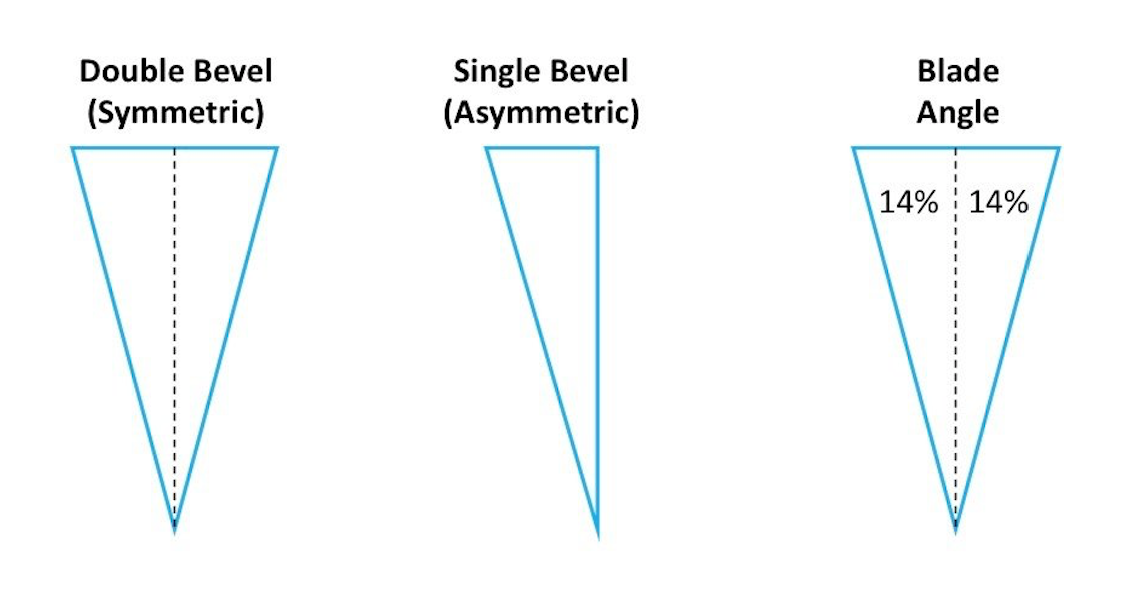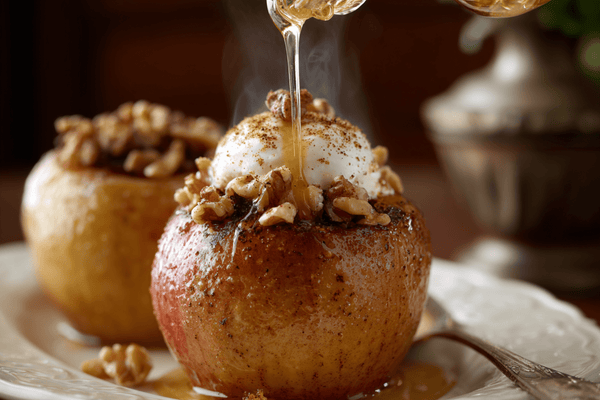
Sushi is a traditional Japanese dish that combines fresh fish and seafood, vegetables and tropical fruit. The different textures and cutting styles required for these different foods that combine to create sushi and sushi rolls mean that certain, specialist knives are needed to perfect the dish.
Professional sushi chefs will use a variety of knives when working with different types of food and their extensive knowledge means that they can easily select the best knife for the task. For beginners however, a common question can often be what exactly is the best knife for sushi.
While there is no one single ‘best’ sushi knife, there are a number of traditional Japanese knives that are well designed for the precision and thin cuts that are needed to create sushi as a key to this dish is presentation. Some of the best Japanese sushi knives include Yanagiba, Deba, Santoku and Usuba.
We also have an article that covers what are the best Japanese chef's knives?
When it comes to making sushi, you’ll find that a good quality sushi knife set is typically needed as this will feature some of the core knives that fulfil all the requirements for making good quality sushi.
In this article, we are going to run through some of the best knives for sushi and also what characteristics make these knives so ideally suited for sushi.
Characteristics for a Good Sushi Knife

It’s easy to look at a knife and assume that all knives are made in a similar way however this is far from the truth. The majority of sushi knives (and traditional Japanese knives in general) are designed with specific intentions and sushi knives have certain characteristics that differentiate them from Western-style knives.
Sharp Edge
Japanese knives and in particular, sushi knives, are designed with a sharp edge to allow for precision, knife longevity and flavour retention.Most Japanese knives will have a 15-degree angle which produces a razor-sharp cutting edge. This is a crucial component for sushi dishes as, it not only allows the user to cut with precision and make thin cuts, but it also retains and enhances the flavour of the food.
This is because the knife passes through the food and effortlessly slices through the cell membrane without crushing the cells, this allows the food to retain its juice and flavour and as well as reducing knife corrosion.
The easiest way to identify a sharp sushi knife is by noticing that the chopping board and knife will have minimal juice on the surface after cutting, a dull edge or knife with a thicker edge with crush the cells, and this process is usually where you’ll see excess juice on the chopping board and knife.
Single Bevel

The bevel is something that also contributes to a knife's sharpness and traditional Japanese knives will typically have a single bevel, meaning one side is flat while the other is tapered towards the edge.
A typical Western knife will be double-bevelled with a 40-degree angle for the edge (20-degree bevel on both sides) however a Japanese knife will not only have a smaller angle on each side of 15 degrees, but the single bevel means that the overall edge only has an angle of 15 degrees.
This provides an ultra-sharp edge for making precision cuts and slicing for sushi.
Lightweight
Japanese knives are usually manufactured with harder steel or a high carbon steel blend which makes the knives lighter, easier to handle and allows them to hold their edge for longer, meaning they don’t need to be sharpened as frequently.The lightweight knives are ideal for the delicate and precise cutting that's needed for presentation with sushi dishes.
What Knives Are Used for Sushi
There is a range of Japanese knives that are used for sushi and below we are going to run through some of the best that you’ll find in most kitchens and are most suitable for beginners.
Yanagiba - The Yanagiba is a sashimi knife that is designed specifically for cutting raw fish. It’s single bevelled with an ultra-sharp edge to allow for the finest and most precise slicing of sashimi or Japanese sushi rolls.

Deba - The Deba is the equivalent to a Western-style meat cleaver and is used primarily for the butchery of fish, poultry and meat. It’s ideal for cutting through bone and cartilage but is only needed if you intend on doing the butchering yourself.
Usuba - The Usaba is a vegetable knife and much like the Yanagiba, it is designed to be incredibly sharp with a single-bevel edge. The Usuba is used for precise and fine cutting of vegetables as well as peeling and chopping.
Santoku - The Santoku is a multi-purpose knife that blends Japanese and Western manufacturing techniques to create a general-purpose chef's knife.
The word Santoku is derived to mean “three virtues” or “three uses” for peeling, chopping and dicing and is well-suited for use on meat, fish and vegetables. Santoku knives are typically double-bevelled but still maintain sharpness by utilizing a steeply angled edge and are an all-round ideal knife for cutting sushi rolls and ideal for making sushi and sashimi.
While there are other Japanese knives well-suited to sushi, the above are the most popular and overall best options for creating visually stunning sushi dishes.
Difference Between Sushi and Sashimi Knives
While many might assume that sushi and sashimi knives perform the same function (both essentially cut fish), there is a key difference between the two.A sushi knife is designed to cut fish, vegetables and the roll itself whereas a sashimi knife is designed only to cut fish.
A sushi knife is therefore much more universal in use and is designed to have multiple cutting functions whereas a sashimi knife is designed with a single purpose and this is the key reason why you should opt for a sushi set instead of assuming that a sashimi knife will perform a similar function.
What Is the Best Knife for Sushi Rolls?

After looking at all of the different options we’ve run through above, you might be thinking that it’s great having so many unique knives to create the ultimate sushi dish, however, there is one slight problem - most people can’t afford to have a complete sushi knife set!
Therefore, when it comes to an all-purpose sushi knife, we’ve narrowed it down to the two best knives that will comfortably cover all of your sushi cutting needs. No knife can truly do everything to the highest standard however the Santoku and Yanagiba are the best all-round sushi knives.
The Santoku is the best all-purpose knife designed for cutting fish, meat and vegetables and, whilst it’s not a traditional Japanese knife, the Western-inspired knife is a popular addition in many kitchens worldwide due to its versatility and is an excellent option for cutting sushi.
The Yanagiba knife is a typical sushi knife that is great for cutting the sushi roll as well as sashimi. It’s not quite as versatile as a Santoku knife but it is designed more for cutting sushi instead of being a universal style knife.
Therefore, in our opinion, the best knife for sushi (if you are limited) is either the Santoku or Yanagiba.
Final Thoughts
When it comes to the best knife to cut sushi rolls, a varied collection of traditional Japanese knives is needed for ensuring that all ingredients are cut and sliced to the most precise and accurate level possible.For most people, however, it’s not realistic to assume that you can have a 5-7 piece knife set dedicated solely to making sushi and while a master chef might have an even more extensive range, for most, a few multi-purpose knives are more realistic for the average kitchen.
With this in mind, the Santoku and Yanagiba knives are the two best when it comes to being well suited to creating a wide range of sushi dishes, and having both of these knives at your disposal would be our recommendation.


